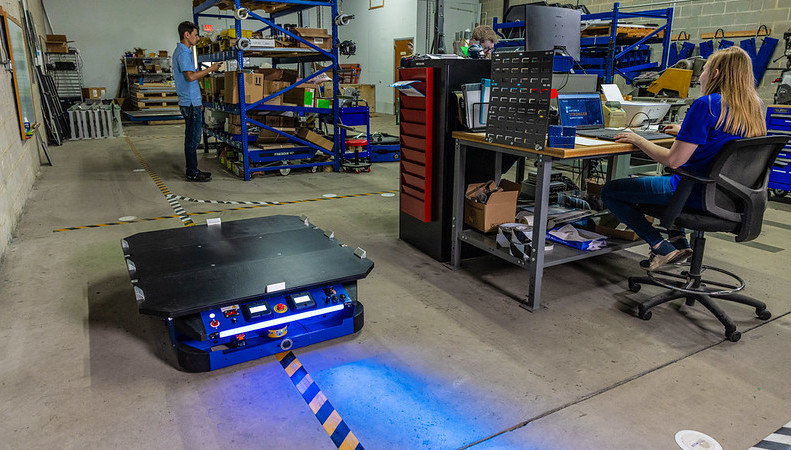Mobile devices have changed the way people work by introducing never-before-seen speed, efficiency, and convenient access to data from virtually anywhere…and placing that access and ease of use literally in workers’ hands.
But there’s always a flip side, and what’s the flip side of all that convenience and access? Enterprise-wide use of mobile devices also means increased exposure to risk of threats from malicious factors inside and/or outside the organization, and the bad guys get more sophisticated all the time.
Besides the threat factor, IT departments have a lot more work than they used to, due in part to the sheer number of devices in use, but also because of the increasing complexity of mobile and data ecosystems across the enterprise.
As with most things, with security, an ounce of prevention is often worth a pound of cure. That’s why it’s vital to incorporate mobile security into your enterprise mobility management (EMM) practices. Protecting enterprise data and your organization’s users while maintaining the flexibility, efficiency, and convenience of mobility is the goal, and your EMM solution is integral to achieving it.
How to Incorporate Security into Enterprise Mobility Management
Mobile devices’ security controls alone aren’t enough to ensure that enterprise data and users are protected. But including an enterprise mobile security strategy in your enterprise implementation plan and having an EMM solution in place enables organizations to more effectively:
- Control and manage user access
- Push security updates when they become available or on a timeline determined by IT leadership
- Perform ongoing monitoring to detect potential issues
- Remotely lock and wipe devices of data, including passwords, if lost or stolen
- Prevent transfer of data
- Encrypt data
- Ensure compliance with security standards like GDPR (general data protection regulations)
The following MDM security best practices should be part of every organization’s EMM implementation plan.
1. Establish, follow, and enforce an enterprise mobility policy.
Develop, document, and communicate a comprehensive policy to every mobile device user. A clear policy helps all users understand and avoid security threats that come alongside the benefits of mobility. Address use of networks, use of device features and hardware, correct configurations, app use, and more. User education should be ongoing—and an EMM can make it easy to share new information, monitor user adherence, and respond to policy violations.
2. Choose devices and software solutions for security.
Selecting hardware and devices for security can be complex. It requires an understanding of the security features to look for in device hardware. It also involves assessing that a product offers the capability to confirm, verify, and authenticate device integrity, both locally and remotely. Many organizations rely on an experienced EMM partner to help prove out devices and solutions in advance.
3. Enroll and configure every new device as it’s onboarded.
It should go without saying that every mobile device purchased for enterprise use must be properly enrolled and correctly configured. Shadow IT, or the use of devices, software, applications, networks, services, or systems without IT approval, is an insidious threat to organizational security and data compliance. How do you protect against shadow IT? Cover it in your mobility policy, enroll all devices, and make sure every device is correctly configured.
4. Protect data and user privacy
By complying with GDPR, you not only protect data and user privacy; compliance also extends a measure of legal protection to an enterprise in the case of a mishap. The use of a VPN, correct use of media storage, and proper device lifecycle management are all essential practices to ensure data protection and regulatory compliance. The remote device wiping capability of an EMM solution can be absolutely vital.
5. Prioritize updates
Many device users routinely delay updates to operating systems and software applications, even when prompted. But failure to update can create issues running the device, and can leave devices vulnerable. Potentially costly attacks can range from data downloads to credential theft that can hurt your operations, your information, and your brand reputation. But an EMM solution that enables your team to push updates either when they become available or at a time selected by your IT team can help eliminate vulnerabilities.
Enterprise Security is Everyone’s Responsibility
Every mobile device in use across your organization can pose a risk, so your enterprise mobility security strategy needs to take every device and user into account. Security best practices begin with the five listed here, but there’s even more your IT department can do to help secure your enterprise information, user identities, device integrity, network security, and more. Learn more about these and additional security best practices when you download Why You Need an Enterprise Mobility Security Strategy and How to Build It.







